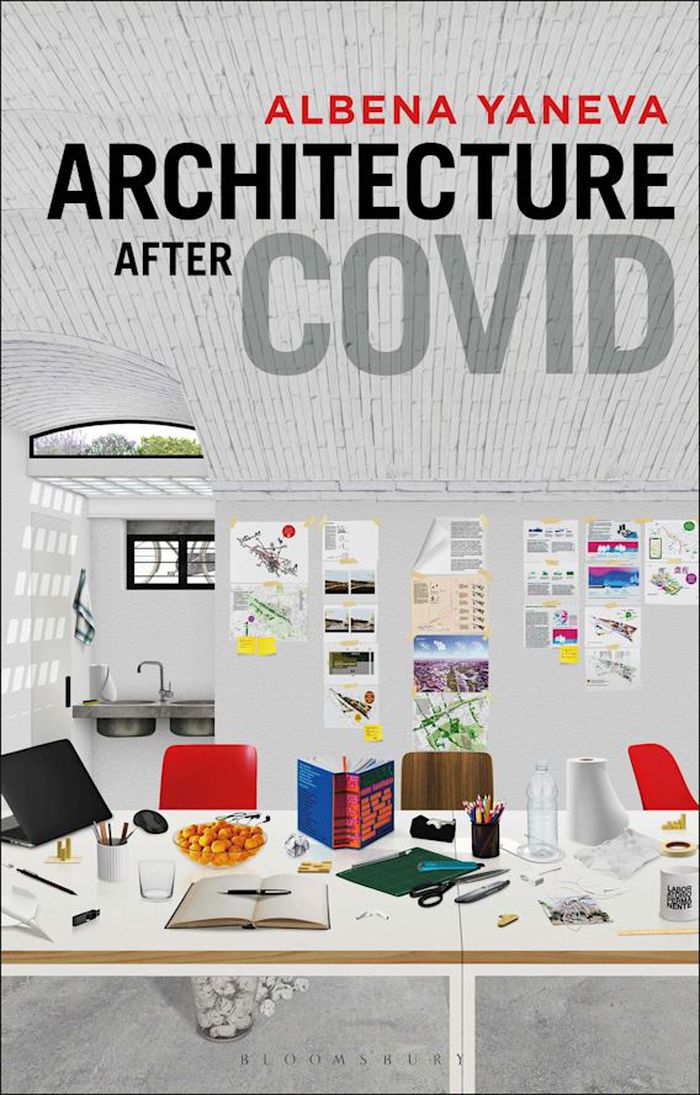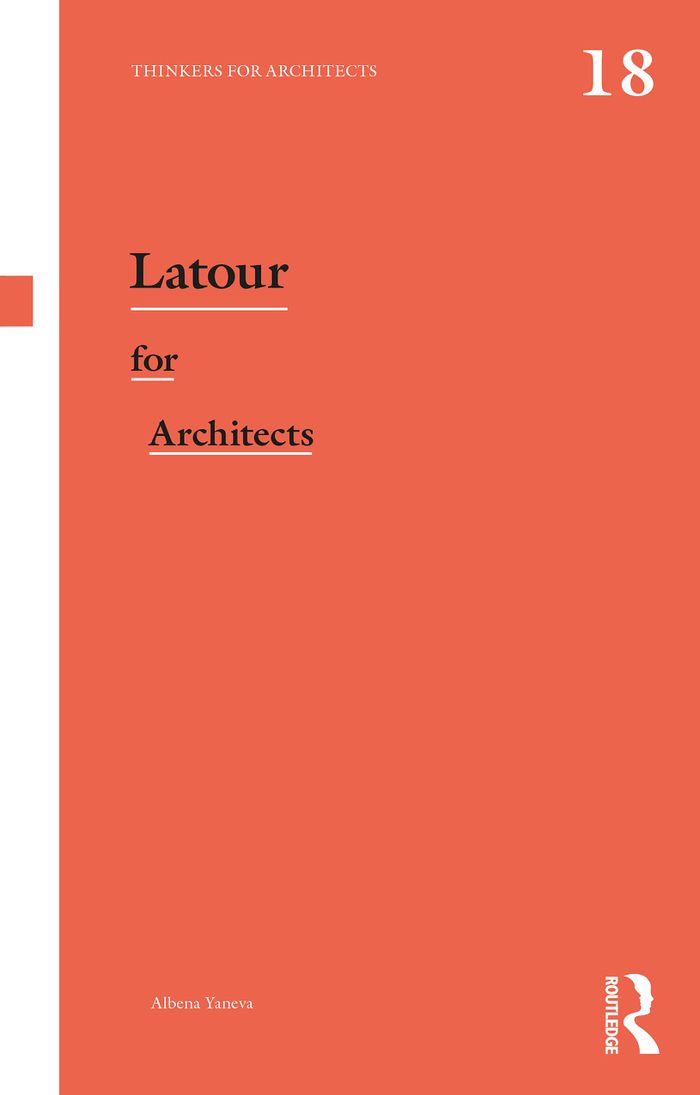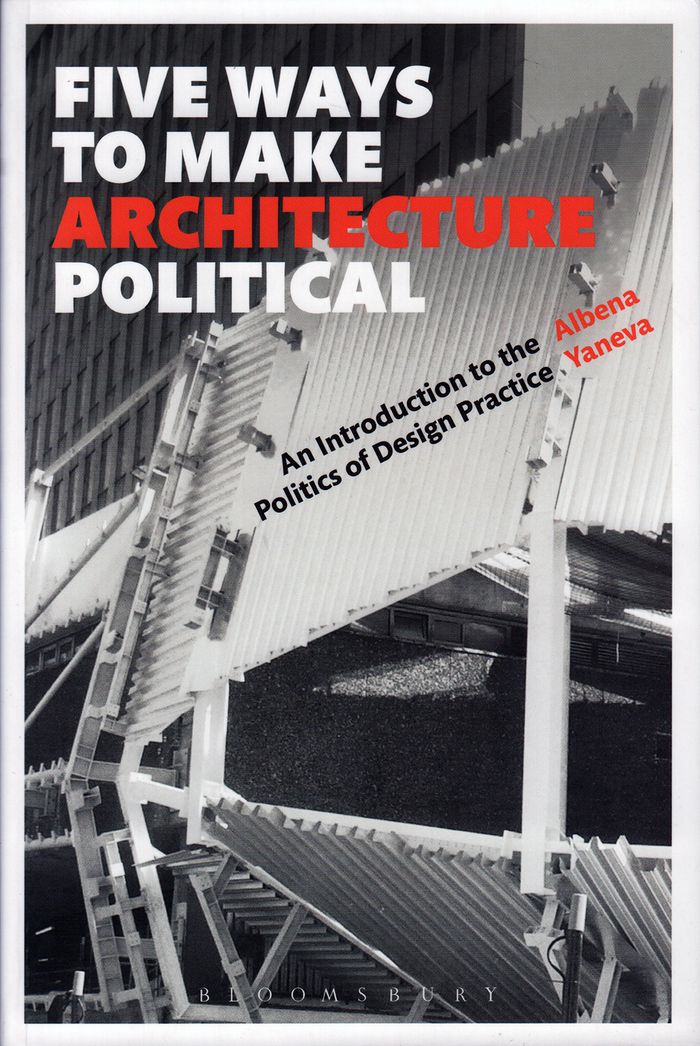Architecture after COVID
$41.95
(disponible en magasin)
Résumé:
This book explores the pandemic's transformative impacts upon the architectural profession. It raises new questions about the intertwined natures of architectural production, science, society, and spatial practice – questions which had lain latent in the profession for years, but which the COVID pandemic brought to the fore. The book explores how the pandemic modified(...)
Architecture after COVID
Actions:
Prix:
$41.95
(disponible en magasin)
Résumé:
This book explores the pandemic's transformative impacts upon the architectural profession. It raises new questions about the intertwined natures of architectural production, science, society, and spatial practice – questions which had lain latent in the profession for years, but which the COVID pandemic brought to the fore. The book explores how the pandemic modified the spatial conventions of everyday life in the city, and looks in detail at how it has transformed building typologies. It also shows how the continuing risk of pandemics leads us to rethink the social dimension of architecture and urban design; and ultimately proposes a radical re-evaluation of the conditions of architectural practice – making a compelling argument about the changing agency of architectural design and the importance of designers in re-ordering the post-pandemic world.
Théorie de l’architecture
Latour for architects
$37.95
(disponible sur commande)
Résumé:
This is the first introduction to the key concepts and ideas of Bruno Latour that are relevant to architects. Drawing on many lively examples from the world of architectural practice, the book makes a compelling argument about the agency of architectural design and the role architects can play in re-ordering the world we live in. Following Latour’s philosophy offers a new(...)
Latour for architects
Actions:
Prix:
$37.95
(disponible sur commande)
Résumé:
This is the first introduction to the key concepts and ideas of Bruno Latour that are relevant to architects. Drawing on many lively examples from the world of architectural practice, the book makes a compelling argument about the agency of architectural design and the role architects can play in re-ordering the world we live in. Following Latour’s philosophy offers a new way to handle all the objects of human and nonhuman collective life, to re-examine the role of matter in design practice, and to redefine the forms of social, political and ethical associations that bind us together in cities.
Théorie/ philosophie
$37.70
(disponible en magasin)
Résumé:
"Five ways to make architecture political" presents an innovative pragmatist agenda that will inspire new thinking about the politics of design and architectural practice. Moving beyond conventional conversations about design and politics, the book shows how recent developments in political philosophy can transform our understanding of the role of the architect. It asks:(...)
Five ways to make architecture political: An introduction to the politics of design practice
Actions:
Prix:
$37.70
(disponible en magasin)
Résumé:
"Five ways to make architecture political" presents an innovative pragmatist agenda that will inspire new thinking about the politics of design and architectural practice. Moving beyond conventional conversations about design and politics, the book shows how recent developments in political philosophy can transform our understanding of the role of the architect. It asks: how, when, and under what circumstances can design practice generate political relations? How can architectural design become more 'political'? Five central chapters, which can be read alone or in sequence, explore the answers to these questions. Powerfully pragmatic in approach, each presents one of the 'five ways to make architecture political', and each is illustrated by case studies from a range of contemporary situations around the world. We see how politics happens in architectural practice, learn how different design technologies have political effects, and follow how architects reach different publics, trigger reactions and affect different communities worldwide.
Théorie de l’architecture


